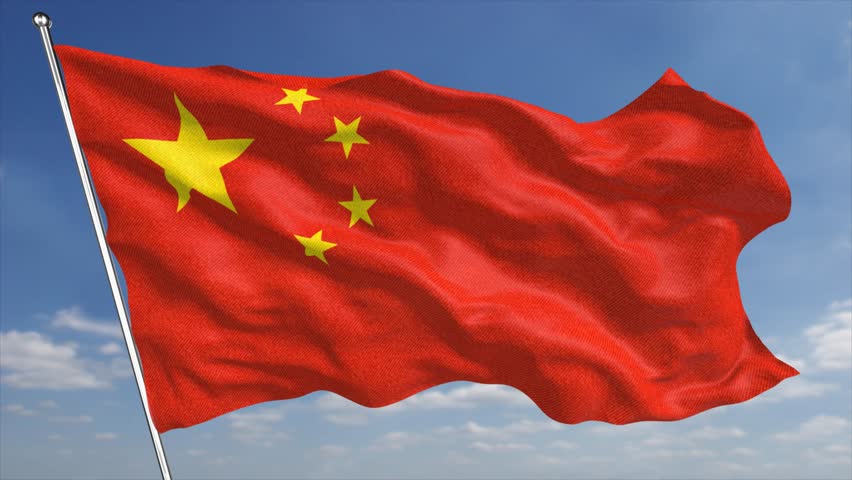China is moving into new geographical areas of Sri Lanka, where Indian influence has traditionally been strongest, a recent report published on the The Diplomat by By Dr. Sudha Ramachandran highlights. Dr. Sudha Ramachandran is an independent analyst based in Bangalore, India and writes on South Asian political and security issues according to The Diplomat, a premier international current-affairs magazine for the Asia-Pacific region.
“China’s role in Sri Lanka, which has grown remarkably in recent years, is poised to expand geographically as well” the report notes adding that hitherto, Beijing’s projects were confined to the southern parts of the island and that It is now making inroads into the Northern Province and the rubber, tea, and coconut plantations of the central highlands.
The report highlights that in April, state-run China Railway Beijing Engineering Group Co. Ltd. won a more than US $ 300 million contract to build 40,000 houses in Jaffna district in the Northern Province, which suffered extensive damage during Sri Lanka’s 26-year-long civil war. Ramachandran further points out that China is also engaged in negotiations to invest $30-40 million in Sri Lanka’s plantation industry.
“This amount is reportedly just a fraction of investment planned in this sector” the report said. According to Ramachandran’s analysis that quotes Nilanthi Samaranayake, strategic studies analyst at the Center for Naval Analyses, a non-profit research organization in the Washington D.C. area, “China’s plans in the plantation sector are likely “to aid Sri Lanka’s goal of increasing its sagging exports through investment in the rubber industry’.
“This is not the first time that China will provide a shot in the arm to Sri Lanka’s rubber industry. Back in 1952, Sri Lanka (then Ceylon) and China signed a barter trade pact under which the two countries agreed to exchange Sri Lanka’s natural rubber for Chinese rice” the report said. It also highlights that that era was a period when synthetic rubber was in demand globally. Report further goes into explain that with the international market for its natural rubber much reduced, Sri Lanka’s economy slumped. China’s purchase of Sri Lanka’s natural rubber helped ease the crisis.
Meanwhile the report also quoted a retired Indian diplomat who points out that “China’s footprint in Sri Lanka is expanding into the island’s Tamil-dominated areas” the areas where “India’s influence in the island has been the strongest.” According to him, Beijing could have pressured Colombo to open up the north to a Chinese role in reconstruction. Its “entry into these pockets of strong Indian influence” is “worrying” as its role here could “grow at India’s cost.”
However report notes that Sri Lankans view the recent developments differently.
“There was no policy of keeping the north apart for Indian reconstruction work,” retired Sri Lankan diplomat Dr. John Gooneratne is quoted in the Dr. Ramachandran’s report who further says that “From the Sri Lankan point of view there is no problem for Chinese assistance in Tamil areas. China has no preference in that respect and the government is not separating the county into Tamil-areas, Sinhalese-areas, and Muslim-areas in its foreign-assisted reconstruction work.”
According to the report both the Northern Province and the central highlands are populated predominantly by Tamil-speaking people; the former by the 2.7 million-strong Sri Lankan Tamil community, which has lived on the island for over 2,500 years, and the latter by the 0.7 million plantation Tamils, who are descendents of those brought from India as indentured labor just two centuries ago.
Meanwhile the report also quoted Smruti Pattanaik, research fellow at the New Delhi-based Institute for Defence Studies and Analyses, who had told that “Both the Sri Lankan Tamils and the Tamils of recent Indian origin have strong linguistic, cultural, and kinship bonds with their ethnic kin in India. Besides, both communities have traditionally turned to India for protection of their political and other rights and “still look to it to intervene on their behalf, when Colombo reneges on its promises.”
The recent Chinese inroads into the Northern Province and the central highlands will “not dent” Delhi’s political influence among the Tamils, Smruti Pattanaik had told adding that however, India will “face competition from the Chinese” over reconstruction projects in the Northern Province.
Since the end of the war in 2009, India has assumed a huge role in reconstruction of the Northern Province. It is constructing 50,000 houses at a cost of $ 270 million across this war-ravaged province. It has restored the Jaffna-Colombo railway link as well as upgraded the Kankesanthurai harbor and the Palaly airfield. Besides, India provides rehabilitation assistance to small businesses, set up an industrial estate in Jaffna, and constructed and equipped hospitals, clinics, and water supply projects.
India is also building some 10,000 houses in the plantation areas according to the report.
